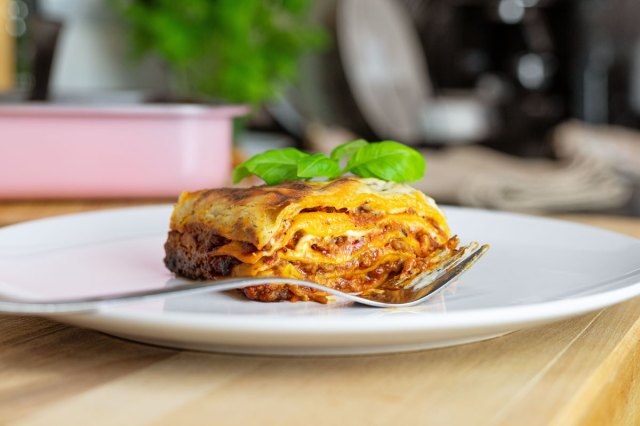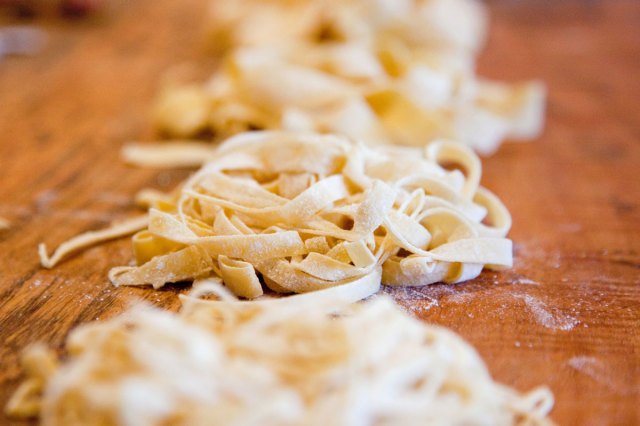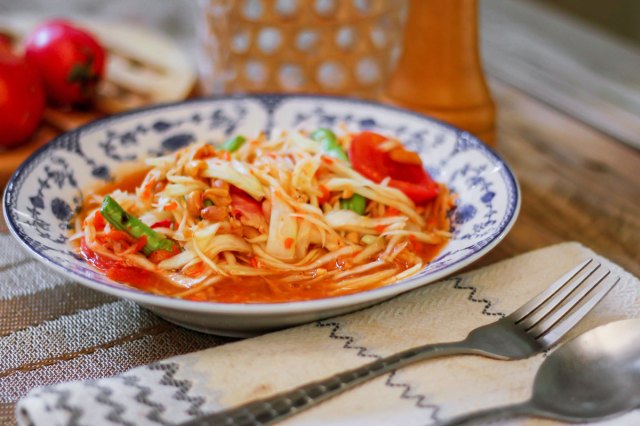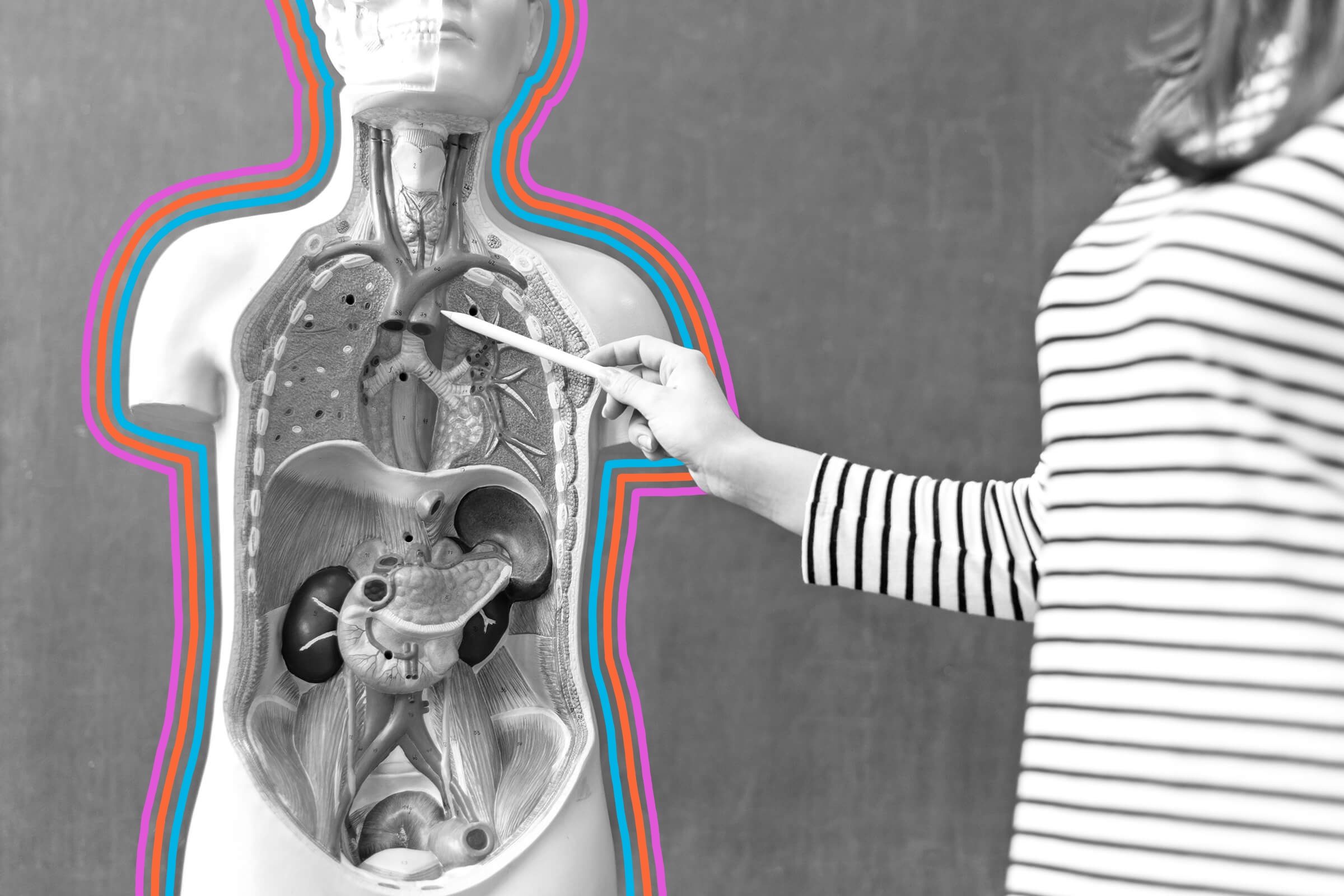Carbs don’t exactly have the best reputation these days, but can 59 million Italians and their extremely high life expectancy really be wrong? As with a lot of foods, the jury is still out on whether or not pasta is good for you. And while no one’s suggesting that you go full Garfield and eat as much lasagna as you can get your paws on, there is a growing consensus that pasta is better for you than conventional wisdom might have you believe.

Not All Pasta Is Created Equal
That said, “pasta” is a broad category and no two dishes have the same nutritional benefits — a reasonable portion of whole-wheat penne with vegetables and olive oil is substantially different from a double helping of Fettuccine Alfredo at Olive Garden, especially when you indulge in their endless breadsticks as well. But the benefits of pasta outweigh the potential drawbacks by a considerable margin, especially when cooking for the whole family; in terms of cost, effort, and overall deliciousness, few meals are better.
Consider the ever-reliable spaghetti, for example. Per the USDA, one cup (140 grams) of it comes out to 221 calories and includes 8.1 grams of protein and 2.5 grams of fiber; it’s also cholesterol-free and low in both sodium and fat. The 42.3 grams of carbohydrates may give some keto adherents pause, but those are complex carbs, not simple ones. Whole-grain spaghetti, in particular, is also rich in iron and folic acid, which is especially important for women who are or may become pregnant. The numbers for penne and fusilli are similar.

Neither Are Serving Sizes
Portion control is easier said than done when it comes to spaghetti and any other kind of pasta, which is why mixing vegetables into your dish is essential if you’re looking to maximize its nutritional benefits without going overboard on calories. That also underscores a key dynamic when answering the question of pasta’s healthfulness: On its own, it absolutely is good for you. But it also happens to taste so good that most of us have trouble not eating too much of it. All things in moderation, especially gnocchi and linguine. The Mediterranean diet consistently ranks among the healthiest in the world, and while pasta isn’t the main component there’s certainly room for spaghetti alongside the fruits, vegetables, beans, legumes, olive oil, and seafood that make up the lion’s share of the diet.
In addition to its health benefits, pasta is also just so versatile that it’s hard to resist. Only have half an hour to prepare a meal for you and yours? There are dozens of dishes you can make in 30 minutes or less, including gluten-free options, as the available products in that space have grown in variety and taste in recent years.
Beyond all that, there’s something to be said about eating the foods you love rather than depriving yourself of them. Carbonara should probably be a sometimes food, but there’s no reason to keep lighter options like tomato and kale pesto pasta or ravioli primavera out of your dinner rotation.
Feature Image Credit: sirasit gullasu/ Unsplash
More From Our Network
Better Report is part of Optimism, which publishes content that uplifts, informs, and inspires.














